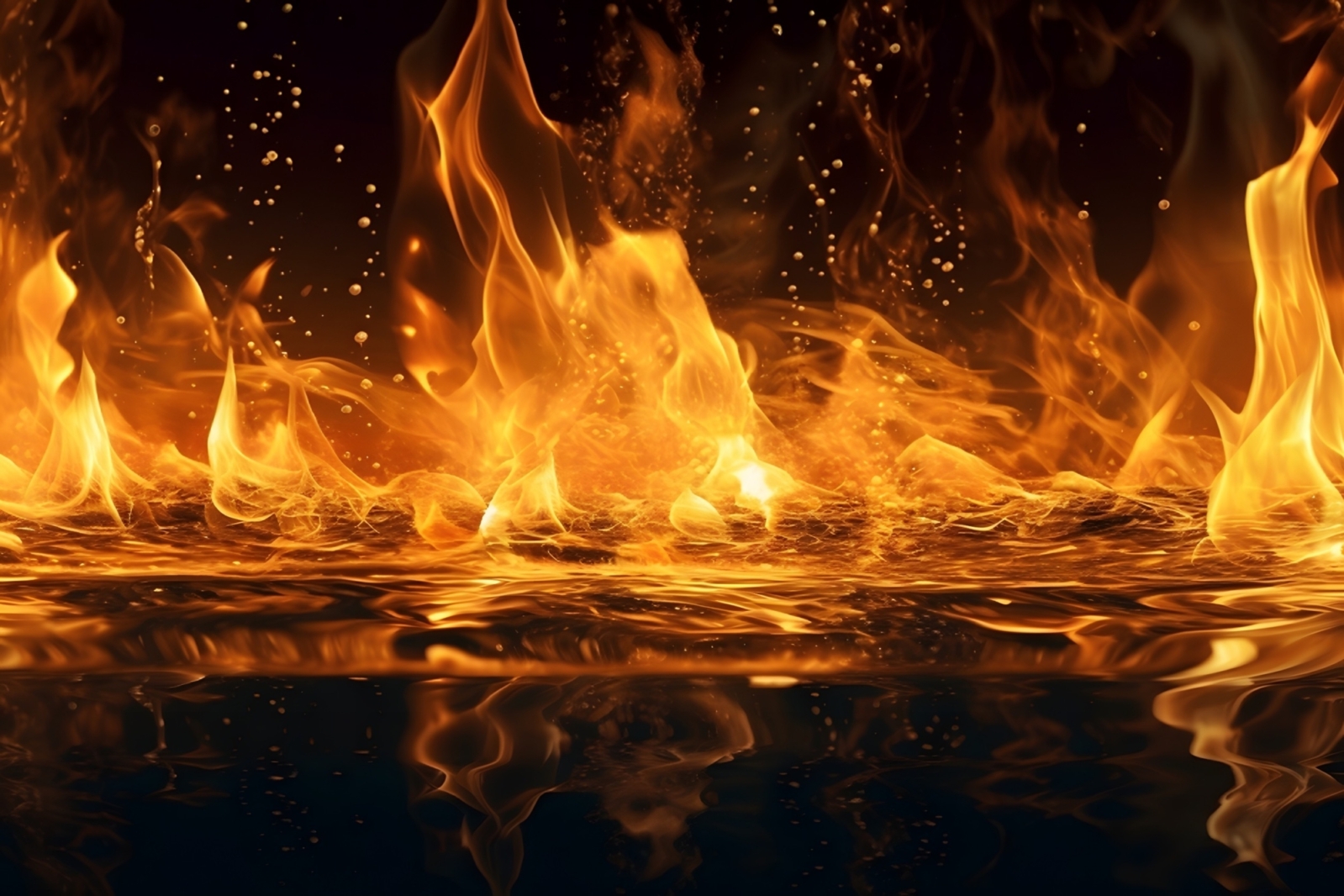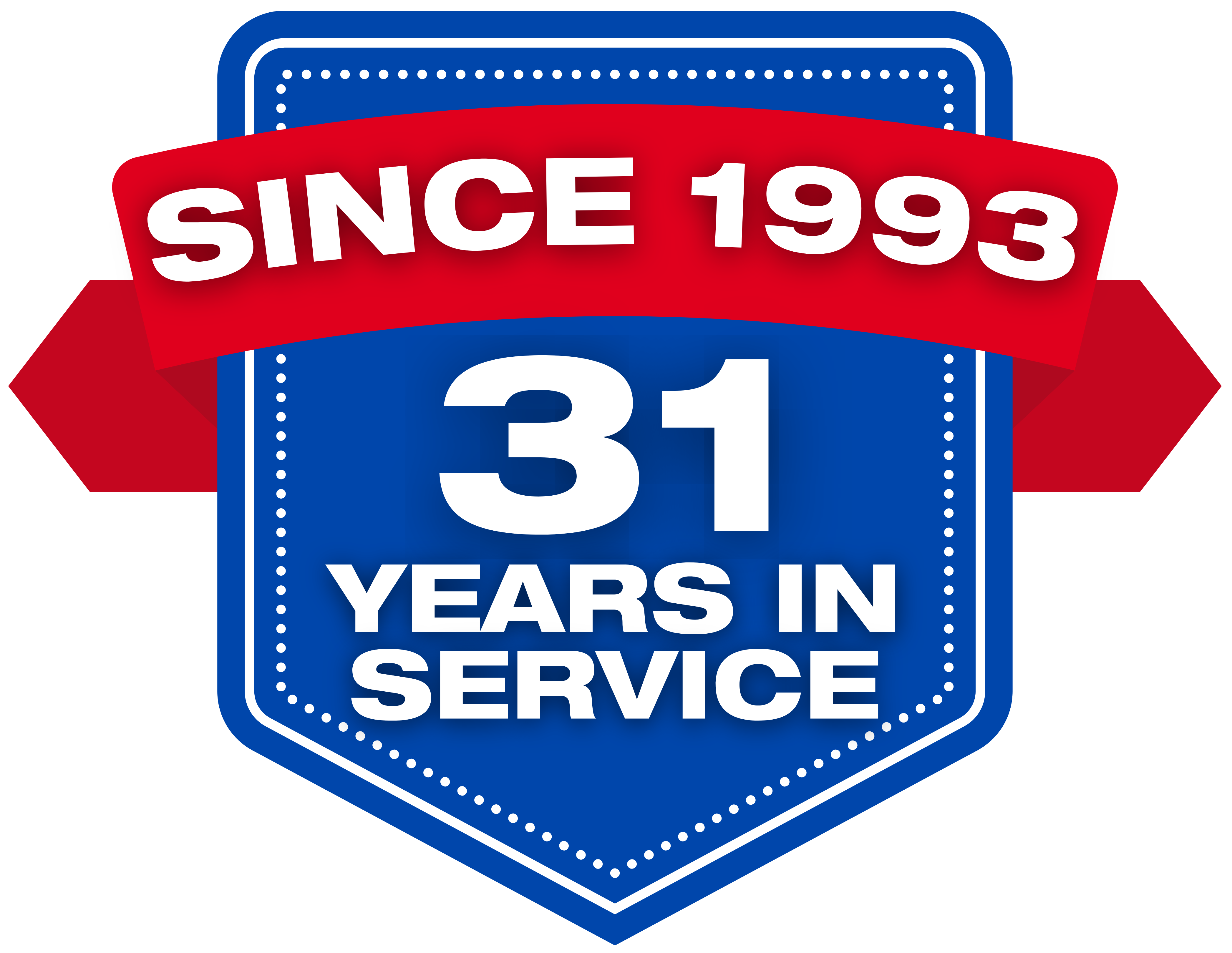Water and Fire Damage Remediation Process Explained: Restoring Your Property After Catastrophe

Water and fire damage can have a devastating effect on your residence or business, leaving behind a path of distruction and heartache in its wake. Whether it's a burst pipe, a flood, or a catastrophic fire, the remediation process is crucial in restoring your home or business to its former state.
We are here to help you navigate the intricate details of water and fire damage remediation. Read on as we explore the steps in the remediation process, the importance of prompt action, and the professionals involved in each unique restoration journey.
Water Damage Remediation
Water damage restoration begins with an assessment of the damage to your property. This process includes identifying the extent of the water damage, determining contamination levels, and ultimately coming up with a strategic remediation plan based on these assessments.
Special equipment designed for water extraction removes standing water and dampness. Once the water has been removed, the drying and dehumidification phase takes place to make sure no hidden moisture remains.
The final steps of the water damage remediation process involves cleaning and sanitizing the affected area, and of course the restoration work to return the property to its former state.
1. Assessment and Inspection: A thorough assessment and inspection of the affected area is the first step on the water damage remediation process. Remediation professionals will examine the extent of water damage, identify the affected materials and potential hazards which will serve as a guide in the development of a tailored remediation plan specific to the damage.
2. Water Extraction: Powerful pumps and vacuums are employed to extract standing water from the affected areas. The faster the water can be removed, the better. This step is crucial for mitigating structural damage and minimizing the risk of mold growth as well as prevent further damage.
3. Drying and Dehumidification: Next, the affected area undergoes a long, meticulous drying and dehumidification process. Industrial-grade dehumidifiers and high-speed air movers are used to eliminate residual moisture. The goal is to prevent mold growth and ensure a dry environment for when the restoration phase comes into play.
4. Cleaning and Sanitization: Once the area is completely dry, thorough cleaning and sanitization can take place. The cleaning and sanitization phase involves the removal of contaminants and debris left by the water damage. Disinfectants and antibacterial agents are then applied in an effort to prevent bacterial growth and ensure a safe living environment.
5. Restoration and Repairs: Once the affected area is clean and dry, the focus shifts to the restoring and repairing of damaged structures and materials. Think, replacing drywall, repairing floors, and addressing any structural issues that water may have caused.
6. Monitoring: You should expect that the professionals you choose for your restoration project continue to monitor the affected areas for a certain period to ensure that no signs of residual water damage or mold growth occur. Once the allotted time passes, the restoration and repair work can begin. This step is imperative in preventing a potential relapse of damage.
7. Final Inspection: Once you get through the monitoring phase, you can expect a final inspection to make sure all areas of concern have been addressed and the property is safe for use. Any persisting issues identified during the inspection should be resolved immediately. You should expect the highest standard of remediation.
8. Customer Satisfaction: Customer feedback should be valued. You may and should fill out a post-restoration survey. A good restoration company should want you to give your input so they can strive for continued high-quality service. This final step completes the water damage remediation process.
Fire Damage Remediation
Fire damage remediation is a tedious process that involves a series of detailed steps. Just like the water damage assessment, the restoration professionals will conduct a thorough assessment to understand the extent of the damage and again, come up with a strategy on how to proceed.
A comprehensive cleanup involves soot and smoke removal along with structural restoration. This process also includes attending to any areas affected by water used in firefighting efforts, to prevent potential mold growth.
The final stages involve restoring the property to its pre-fire condition, ensuring that all traces of damage and odor are gone. The end goal is to repair and create a safe, clean, and comfortable living environment for the property owners.
1. Emergency Board-Up and Securing the Site: After a fire, your damage restoration company's priority will be to secure the site. They may need to board-up the site to protect the property from further damage, whether from weather elements or potential intruders.
2. Assessment of Fire and Smoke Damage: Once the assessment of fire and smoke damage is identified and the extent of the destruction is defined, a comprehensive remediation plan, considering both visible and hidden damage, can be developed.
3. Smoke and Soot Removal: Smoke and soot after a fire requires specialized equipment and cleaning agents to remove dangerous residues from surfaces and belongings. This step prevents lingering odors and is intended to preserve the integrity of the materials.
4. Structural Repairs: Since fire often damages the structural integrity of a property, remediation involves rebuilding damaged walls, replacing compromised support beams, and ensuring the overall stability of the structure.
5. Odor Removal: Lingering smoke odors can persist even after visible residues are removed and all appears clean. At this stage, your restoration services should include advanced deodorization techniques to neutralize odors and improve indoor air quality.
6. Water Removal and Drying: Professional remediation services should include water extraction, drying, and dehumidification to reduce the risk of mold growth. Although, we are talking about fire damage remediation, water is of course used to put out the fire so often the two go hand-in-hand.
7. Final Cleanup and Sanitization: After restorative work is complete, extensive professional cleaning and sanitization is conducted. This step ensures the property is safe and ready for use.
8. Final Inspection and Walk-Through: The remediation process concludes with a final inspection to guarantee all damage has been addressed and the property has been restored to its pre-fire state. The remediation professionals will do a final walk-through with the property owner to ensure customer satisfaction.
Conclusion
Water and fire damage remediation is a complex and multifaceted process that demands a prompt and professional response. The restoration company you choose should be available 24/7, 365 days a year. In addition, you are looking at a full collaboration of skilled technicians, advanced equipment, and a systematic approach for a complete home or business restoration from the aftermath of one of these disasters.
In understanding the remediation process, homeowners and businesses alike can appreciate the importance of immediate action and entrust the restoration process with the ultimate goal not only to rebuild structures but to restore the sense of security, safety and normalcy for the owner.
ALL-CLEAN USA:
TRUST THE FIRE AND WATER DAMAGE EXPERTS BECAUSE SERIOUS PROBLEMS REQUIRE A SERIOUS COMPANY.
Don't let the aftermath of a disaster take you away from your life. We've Got You Covered, 24 hours a day, 365 days a year. We're committed to restoring not just your property, but also your peace of mind. No matter the natural disaster, when catastrophe strikes your residence or commercial space, and you aren't sure where to turn, come to ALL-CLEAN USA. We are here for you!


